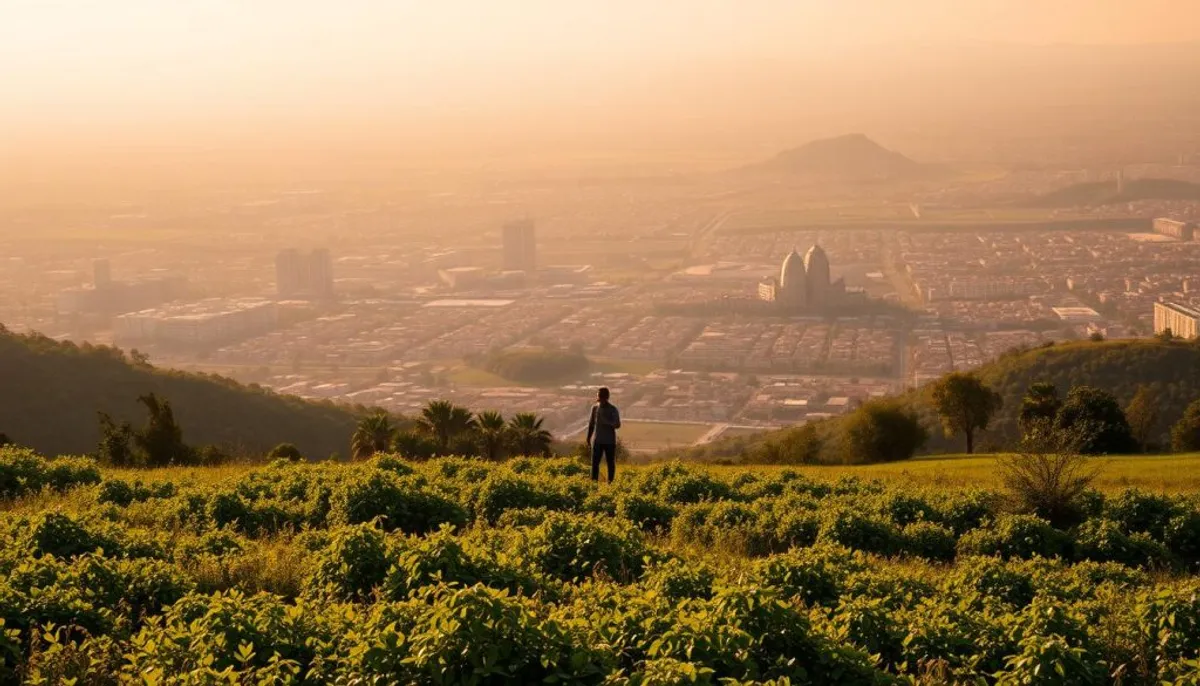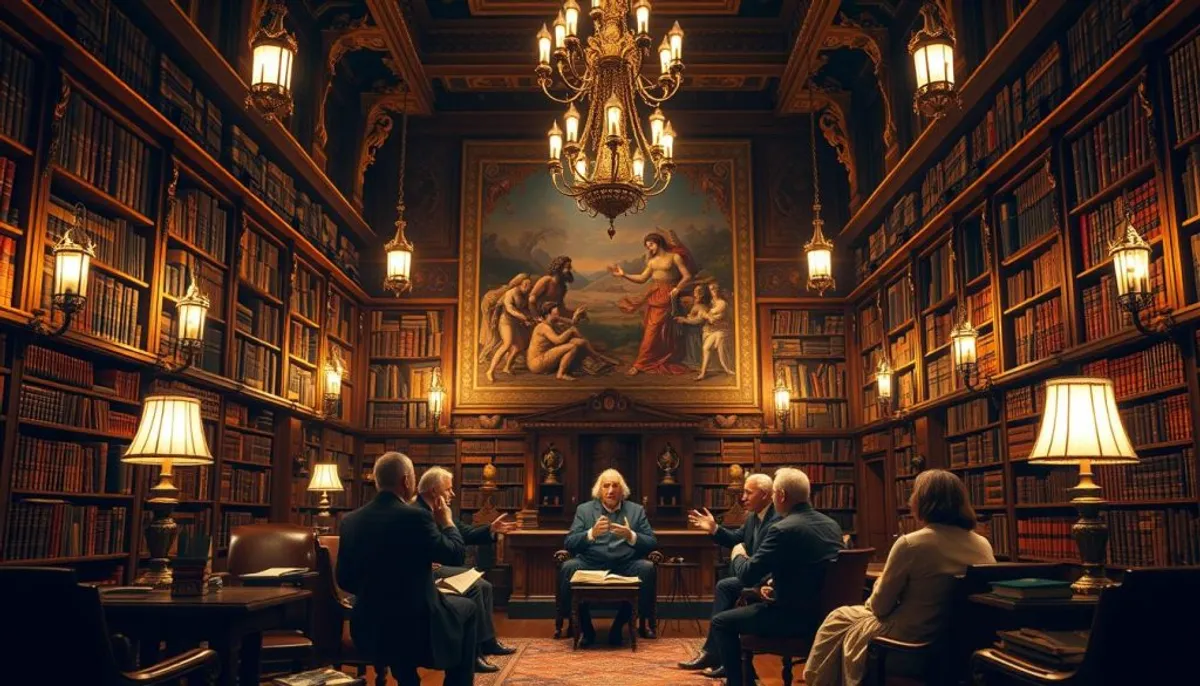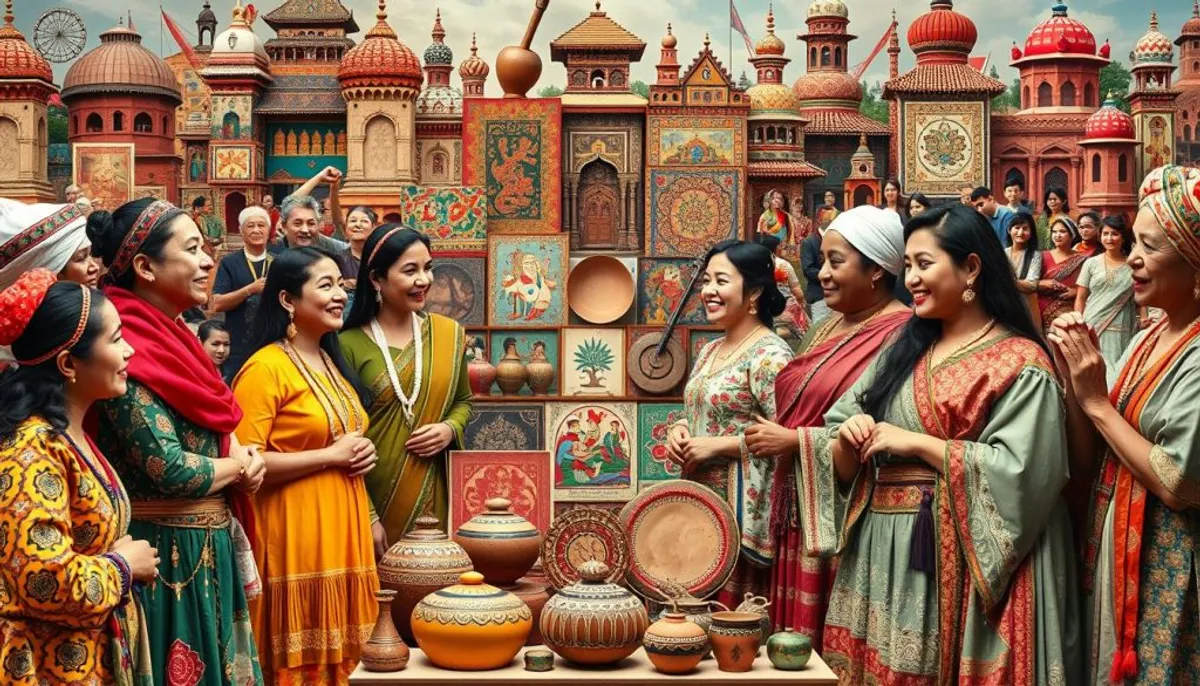Culture and civilization are fundamental pillars of our society. Yet, the distinction between these two concepts is often misunderstood. Culture is defined by our beliefs, traditions, and daily practices. In contrast, civilization focuses on societal organization and progress.

The concept of civilization has evolved over time. In France, it was introduced around 1930 to describe advanced societies. In Germany, "Kultur" encompasses broader aspects, such as language and literature. This variety of interpretations highlights the complexity and importance of these notions in our understanding of the world.
Today, cultural diversity is a striking feature of our societies. In Paris, museums, festivals, and ethnic neighborhoods reflect this richness. Understanding these nuances is essential for building a more respectful and inclusive world. In this world, every culture finds its place in our global civilization.
What is the difference between culture and civilization
The distinction between culture and civilization sparks an ancient debate. Thomas Mann, in 1914, contrasted German "culture" with French "civilization." This opposition encourages us to explore the nuances between these two concepts, particularly through cultural anthropology.
Culture: expression of values and ways of life
Culture encompasses the traditions, beliefs, and practices of a society. It covers a range of aspects, sometimes contradictory. For example, some ancient cultures practiced human sacrifices, while others valued peace.
Civilization: organization and societal progress
Civilization is distinguished by social organization and technological development. A civilized society emphasizes education, the arts, and sciences. According to Renan, understanding Germany involves studying Goethe and Herder, highlighting the importance of education in civilization.
The interaction between culture and civilization in modern society
Today, culture and civilization intertwine. Cultural tourism illustrates this interaction. It allows for the discovery of elements of civilization while preserving local traditions. The Silk Road, linking East and West, is a perfect example of this blend.
| Aspect | Culture | Civilization |
|---|---|---|
| Definition | Ways of life, values, traditions | Social organization, progress |
| Expression | Festivals, customs | Institutions, technologies |
| Example | Cherry Blossom Festival in Japan | Educational systems |
The historical origins of the culture-civilization debate
The culture-civilization debate is rooted in the history of cultural anthropology. This discussion has profoundly influenced our understanding of the progress of civilization and cultural diversity.
The German perspective of Kultur according to Thomas Mann
In 1914, Thomas Mann, a German writer, proposed a contrasting vision of culture and civilization. For him, culture was a collection of varied, sometimes controversial elements. It included aspects such as:
- Oracles and magic
- Human sacrifices
- Orgastic cults
- Inquisition and auto-da-fés
Civilization, on the other hand, symbolized for Mann reason, enlightenment, and decency, and it reflects the evolution of civilizations.
The French approach to civilization according to Renan
Ernest Renan, a French philosopher, had a different perspective on civilization. He emphasized the importance of intellectual and moral progress in societal development.

The evolution of concepts over time
The notions of culture and civilization have undergone transformations over the centuries. Modern cultural anthropology values the diversity of cultural expressions. It recognizes their role in the progress of civilization.
| Year | Event | Impact |
|---|---|---|
| 1871 | Definition of culture by Edward B. Tylor | Inclusive vision without hierarchy among cultures |
| 1913 | Works of Durkheim and Mauss | Association of culture with civilization |
| 1922 | Discovery of Tutankhamun's tomb | Major advancement in Egyptology |
The fundamental elements of culture
Culture, the heart of our society, is divided into several essential components. It includes traditions, customs, languages, clothing styles, and religious beliefs. Cultural diversity, the pivot of our global heritage, enriches humanity in immeasurable ways.

The arts, crucial for cultural expression, have a profound impact. Robert Indiana's LOVE sculpture, measuring 3.7 m × 3.7 m × 1.83 m, is an example. Created in 1970, it illustrates the evolution of artistic expressions.
Language, the pivot of culture, evolves and adapts. It reflects our history and way of thinking. Beliefs and values, passed down from generation to generation, form the foundation of our heritage. They shape our behaviors and social interactions.
UNESCO defines culture as the set of distinctive traits of a society. It includes arts, ways of life, value systems, traditions, and beliefs. This definition highlights the complexity and richness of our cultural diversity, a treasure to preserve and celebrate.
The essential components of civilization
Civilization rests on fundamental pillars that shape a civilized society. These key elements contribute to the progress of civilization and the evolution of social structures. Let’s examine the essential components that define a modern civilization.
The technological and scientific development
Technological advancement is a crucial driver of the progress of civilization. Scientific innovations transform our daily lives and propel society toward new horizons. From the invention of writing to the digital age, technology has always been at the heart of the evolution of civilizations.
The social and political organization
A civilized society is characterized by elaborate social and political structures. Governance systems, laws, and institutions form the skeleton of a civilization. These elements ensure the order, justice, and stability necessary for the harmonious development of a society.
The educational and intellectual systems
Education and intellectual culture are essential pillars of an advanced civilization. Educational systems transmit the knowledge, values, and skills necessary for individual and collective flourishing. They play a crucial role in the perpetuation and evolution of civilization.
These components interact and reinforce each other, creating a complex social fabric. The progress of civilization depends on the balance and harmony between these elements. A civilized society cultivates these aspects to ensure its continuous development and adaptation to the challenges of the modern world.
Conclusion
The question "what is the difference between culture and civilization" reveals profound nuances. Culture, defined by E. B. Tylor in 1871, encompasses a vast spectrum of human aspects, from sciences to customs. It constitutes a fundamental element of every society, as highlighted by Thomas Mann.
Civilization, on the other hand, emerges as a concept in the Age of Enlightenment. It is linked to a societal state superior to barbarism. It involves institutional structures and a high level of education. Gordon Childe, an archaeologist, identified key criteria for determining a civilization, including the presence of cities and state organization.
Understanding these distinctions allows us to value cultural diversity while recognizing the progress of a civilized society. This understanding is vital in our interconnected world. It fosters mutual respect and peaceful coexistence. Each of us plays a role in shaping our culture and civilization, thus assuming responsibility for their evolution.
RelatedRelated articles


